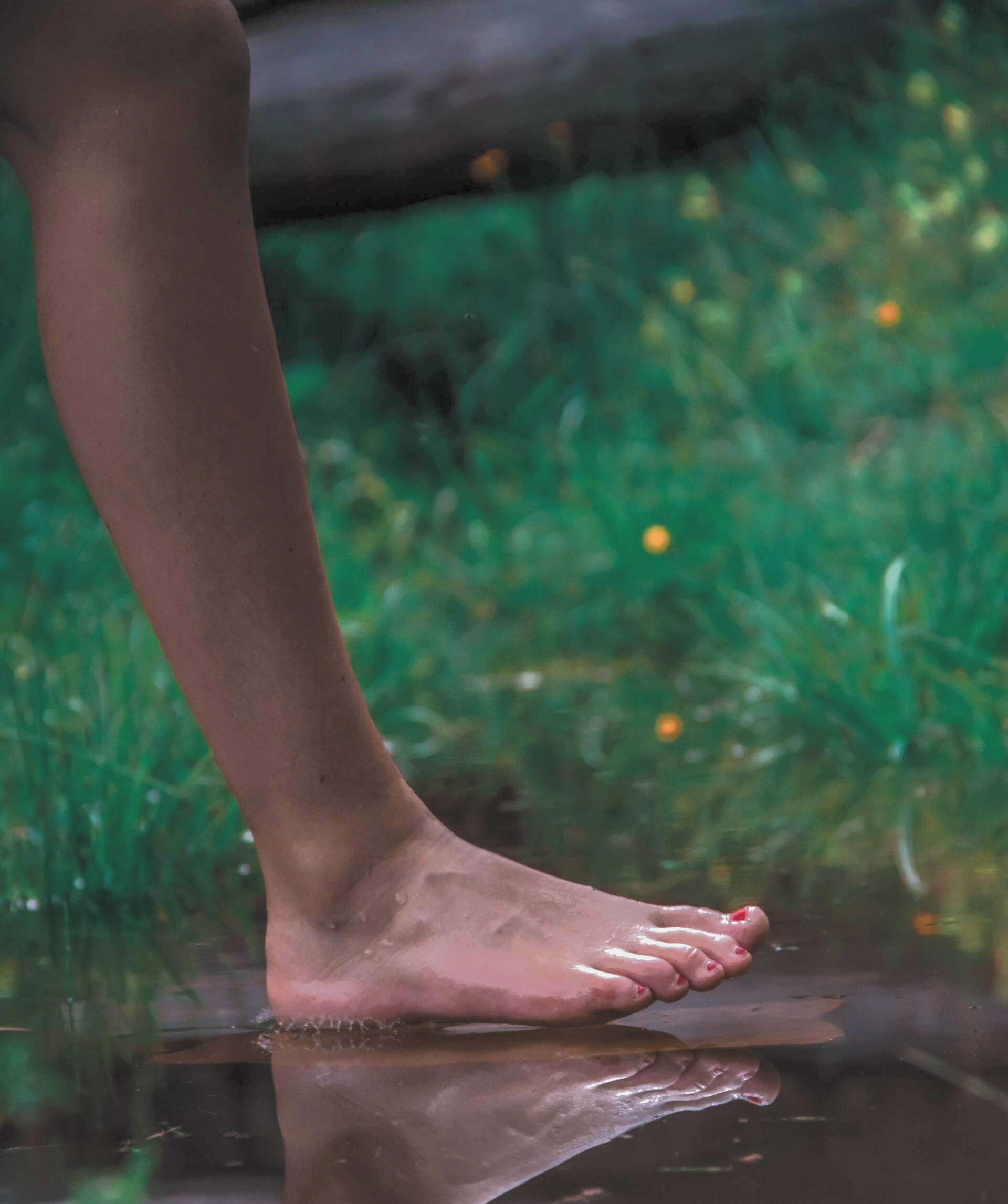ANKLE PAIN SYMPTOMS AND CAUSES
Injury to any of the ankle bones, ligaments or tendons and several types of arthritis can cause ankle pain. Common causes of ankle pain include:
ACHILLES TENDINITIS
AVULSION FRACTURE
GOUT (ARTHRITIS RELATED TO EXCESS URIC ACID)
RHEUMATOID ARTHRITIS (INFLAMMATORY JOINT DISEASE)
TARSAL TUNNEL SYNDROME
ACHILLES TENDON RUPTURE
BROKEN FOOT
OSTEOARTHRITIS (DISEASE CAUSING THE BREAKDOWN OF JOINTS)
SPRAINED ANKLE
ACHILLES TENDON RUPTURE
BURSITIS (JOINT INFLAMMATION)
PLANTAR FASCIITIS
STRESS FRACTURES
Ankle sprains are among the most frequent causes of ankle pain, accounting for about 85 percent of all ankle injuries. A sprain happens when the ligaments, which are the tissues that connect bones, tear or become overextended. The majority of ankle sprains are lateral sprains, which happen when the foot rolls, resulting in the outside ankle twisting towards the ground. This action stretches or tears the ligaments, leading to pain and discomfort. When a person experiences a sprained ankle, they often develop swelling and bruising that lasts for approximately 7 to 14 days. However, for more severe injuries, it may take several months for a full recovery to occur.
- Arthritis, specifically osteoarthritis
- Gout
- Nerve damage or injury, such as sciatica
- Blocked blood vessels
- Infection in the joint
Your immune system normally fights off germs. Sometimes it attacks your joints by mistake. Doctors call this rheumatoid arthritis. It usually affects the same joint on both sides of your body. If you have it, both ankles are likely to hurt. Pain, swelling, and stiffness often start in the toes and front of your foot and move slowly back to the ankle. Exercise, including physical therapy, can help. Your doctor also may prescribe special shoes or inserts to relieve pain or drugs to ease the swelling.
Your big toe is the most common spot for a gout attack, but it can affect your ankle, too. It happens when a waste product called uric acid turns into needle-shaped crystals that collect in your joints. This causes intense pain and swelling. It deposits crystals in the joints, causing sharp pain. Manual therapy can help reduce the deposits.
Your arch is the space between your heel and the ball of your foot. It’s supposed to create a hollow area when you stand. If yours stays flat, it could be the result of injury or wear and tear. You could also inherit it. It’s usually painless, but your ankles could hurt or swell if they get out of line with your knees. Arch supports and supportive shoes can help. So can specially designed therapy exercises.
There are many possible causes for ongoing pain on the outside of your ankle. It’s most likely because a ligament didn’t heal properly after a sprain and remains weak. This makes the entire joint less stable and leads to more injury and pain. Therapy depends on the cause. It will likely involve rest and special exercises to strengthen weak tissues.
Your ankle has two fluid-filled sacs, or bursa, that cushion the space between the tendons and bones. They can get inflamed from arthritis, overuse, high-heeled shoes, recent footwear changes, or starting workouts again after time off. Your ankle may feel stiff, tender, warm, and swollen.

CALL +6587141543 TODAY TO SCHEDULE YOUR FIRST APPOINTMENT
GET IN TOUCH
Contact Us
We will get back to you as soon as possible.
Please try again later.
SERVICES WE PROVIDE:
- Chronic Muscle Pain Relief
- Headaches and Jaw pain
- Upper Back Pain & Lower Back Pain Relief
- Muscular Imbalances / Body Misalignment
- Scar Tissue Therapy
- Functional Neurology Disorder
- Digestive Issues, Detox & Wellness
- Hearing Test and Hearing Aid

CONTACT US AT
WhatsApp: +65 87141543
Email: movewell@painreliefsg.com
Address: PS100, 100 Peck Seah Street, #10-19 Singapore 079333
© Copyright 2022 | All Rights Reserved | Pain Relief Therapy | Designed by CMO Media Lab

